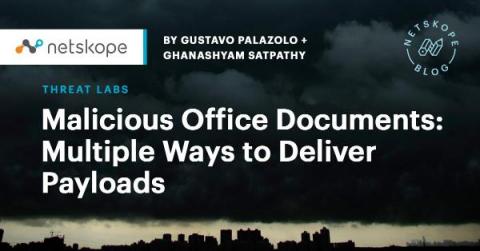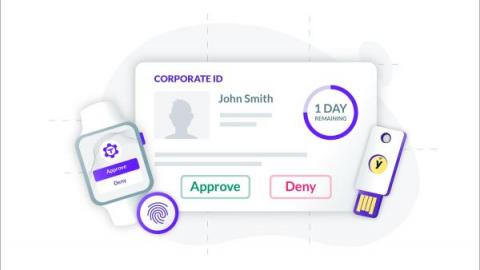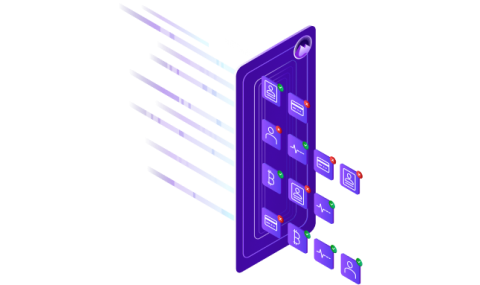Monitor Google Workspace with Datadog
Google Workspace (formerly G Suite) is a collection of cloud-based productivity and collaboration tools developed by Google. Today, millions of teams use Google Workspace (e.g., Gmail, Drive, Hangouts) to streamline their workflows. Monitoring Google Workspace activity is an essential part of security monitoring and audits, especially if these applications have become tightly integrated with your organization’s data.











